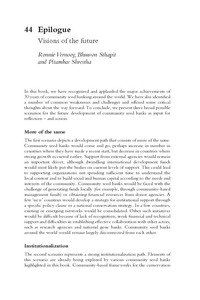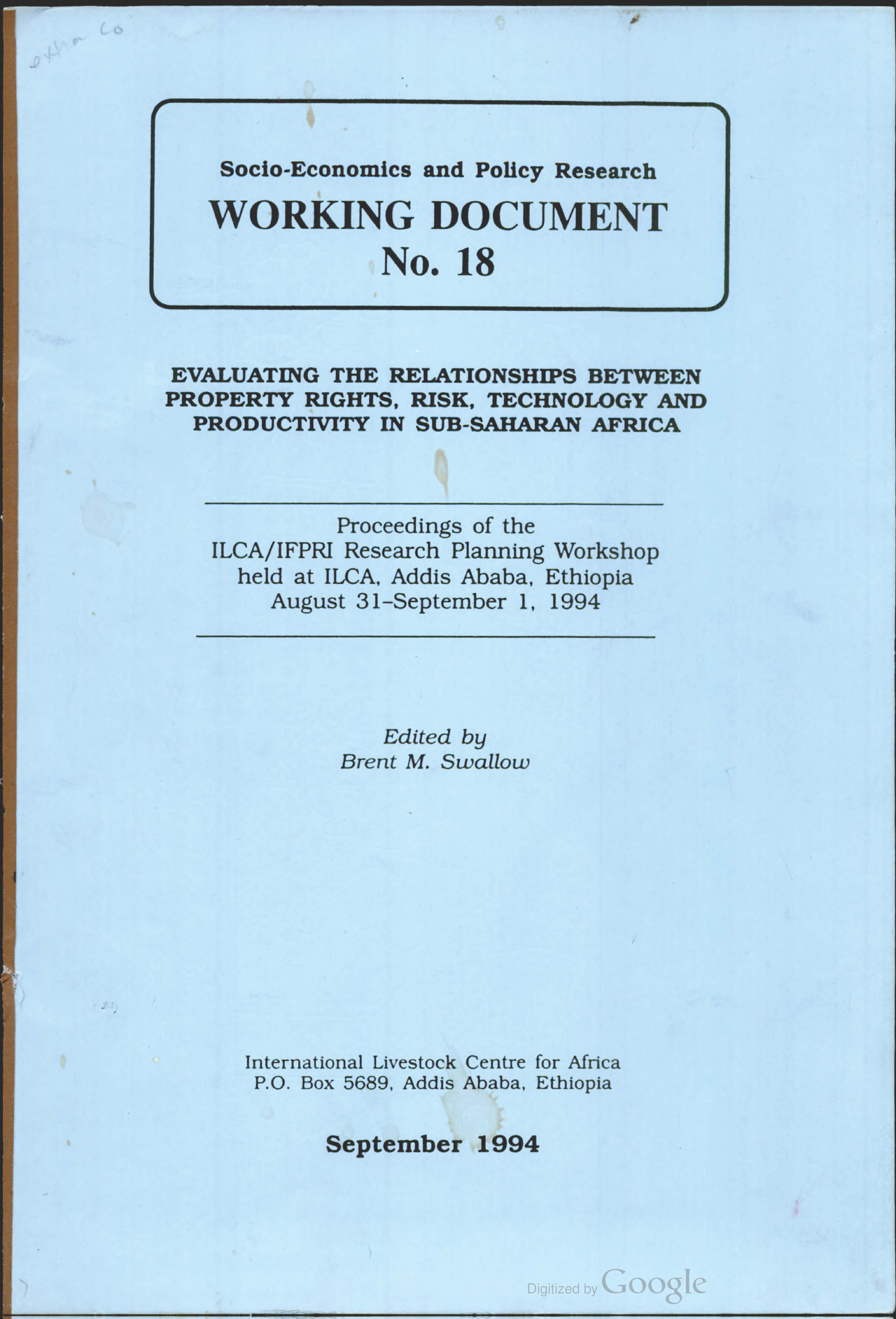role of forest ecosystems in community-based coping strategies to climate hazards: Three examples from rural areas in Africa
In developing countries, forests play an important role in supplying goods and services. These ecosystems are under many stresses due to unsustainable management practices, lack of clarity on tenure and access rights, and persistent pressure for land-use change. Climate change is exacerbating the impact of these stresses on both forest ecosystems and forest dependent people. What are the current forest coping strategies of different livelihoods? What is the role of forest ecosystems in increasing the resilience of rural communities?



